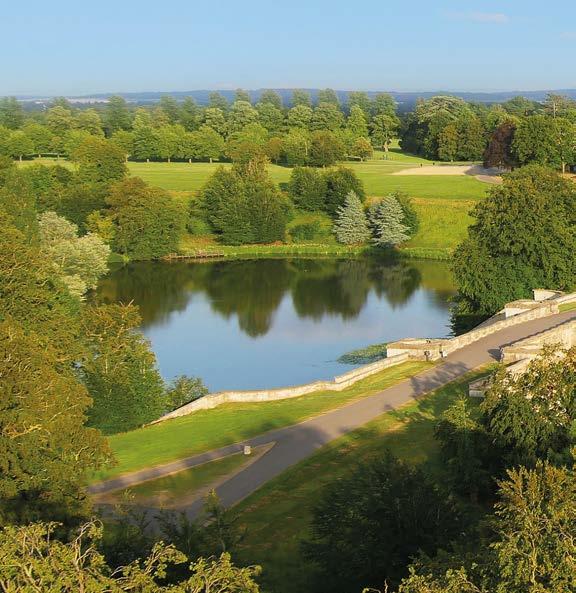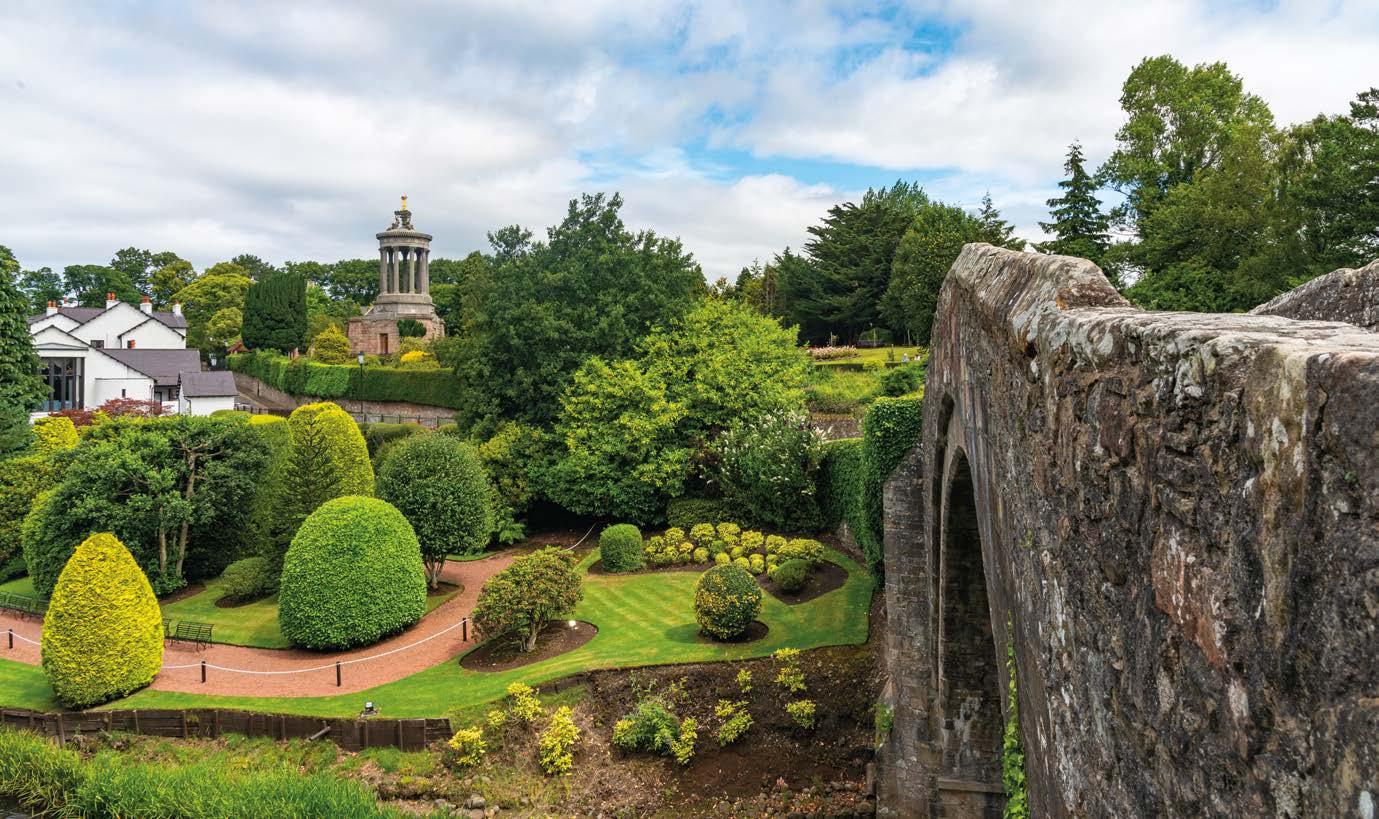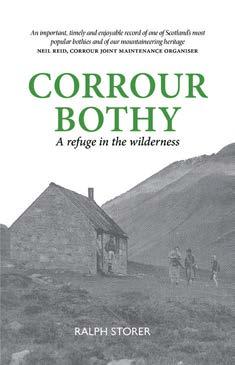
7 minute read
Dundee’s cultural trail

The opening of the fi rst V&A museum outside London in 2018 may have signalled a cultural reawakening of Scotland’s northeast coast city, but the signs were here long before that
Words by SALLY COFFEY
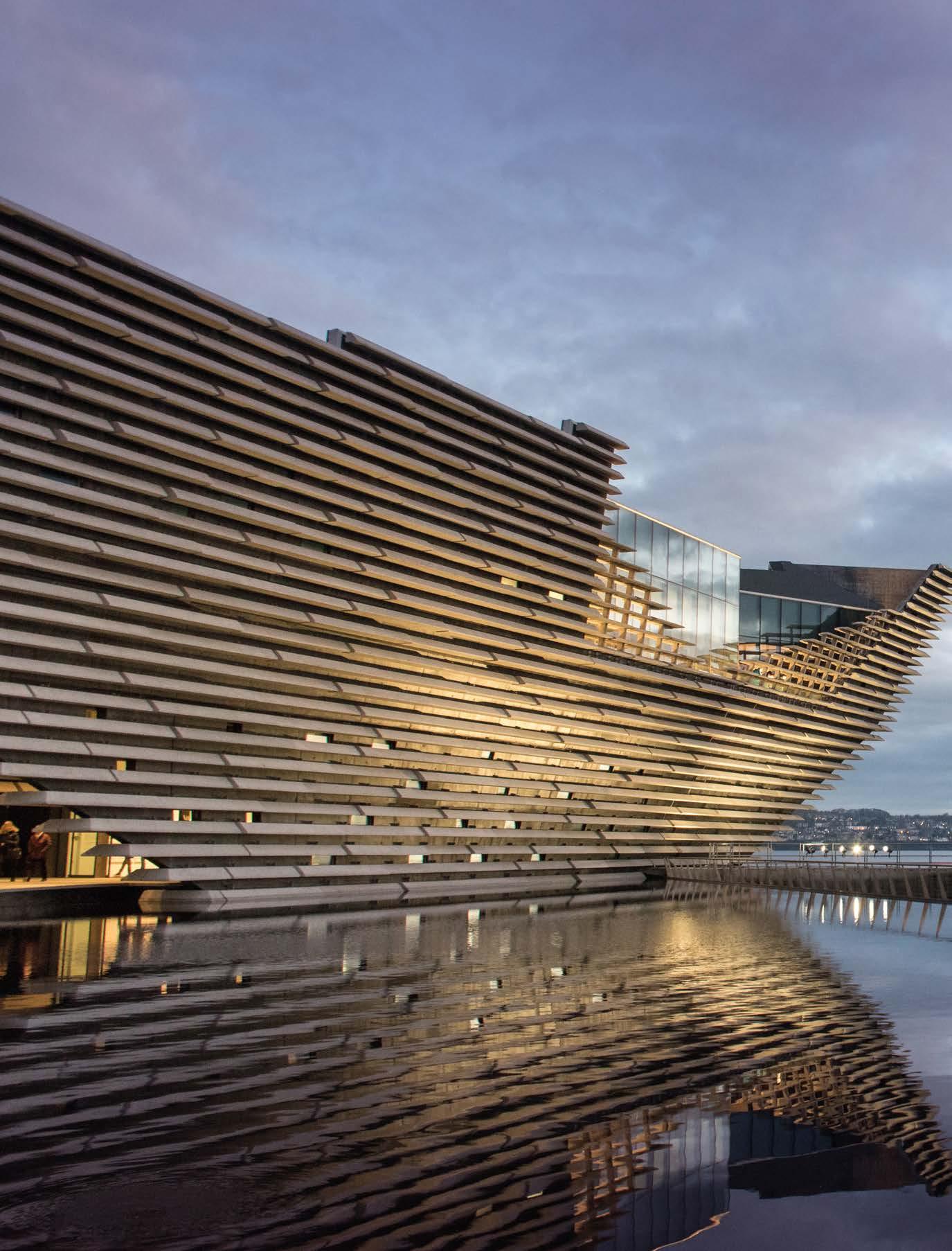
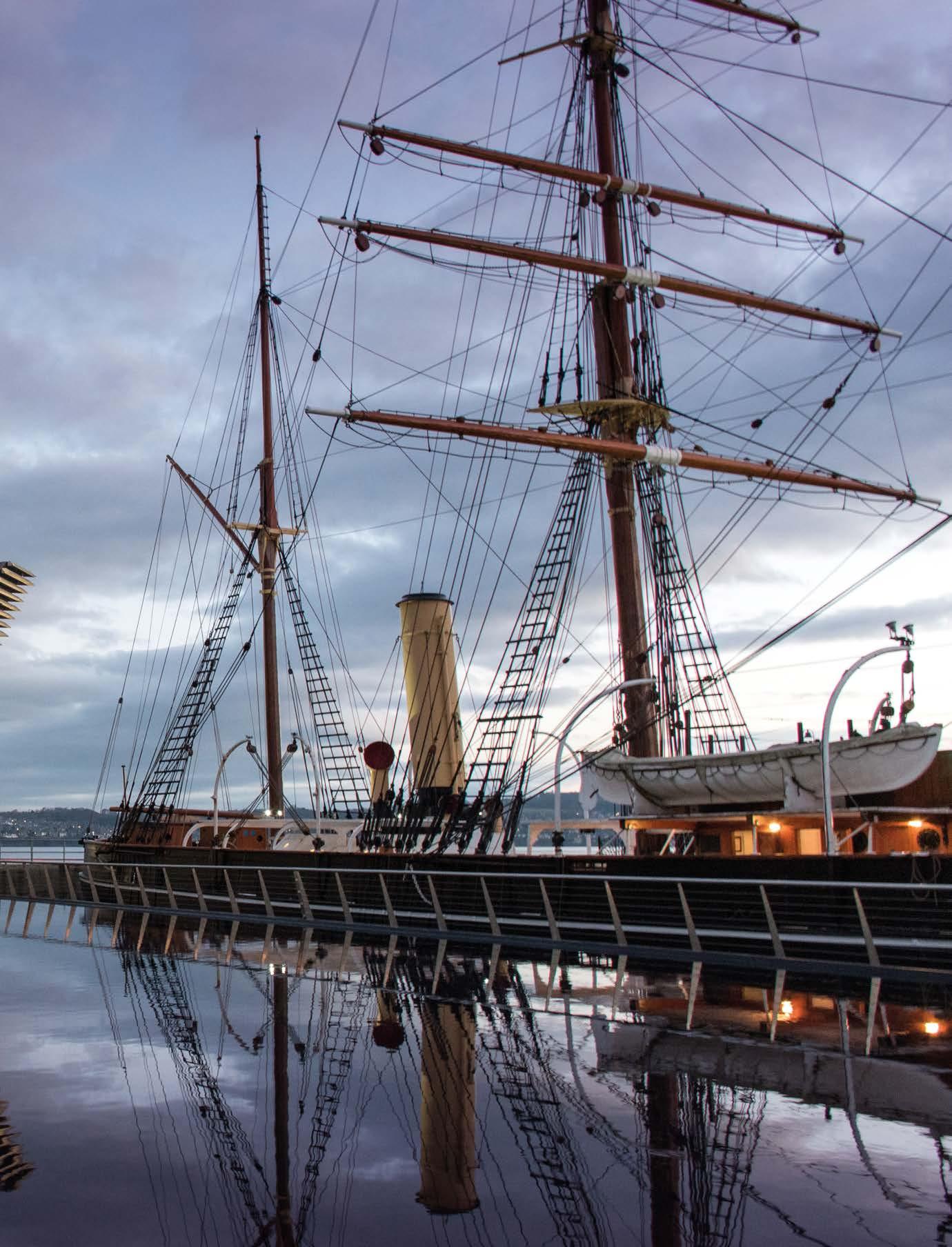
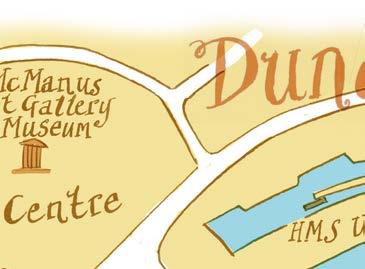
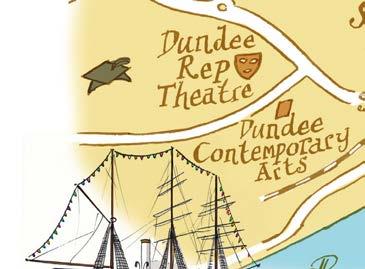
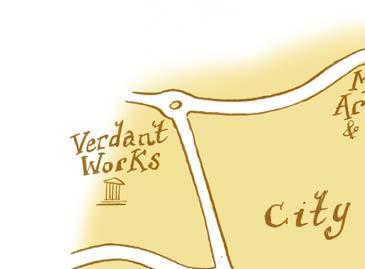
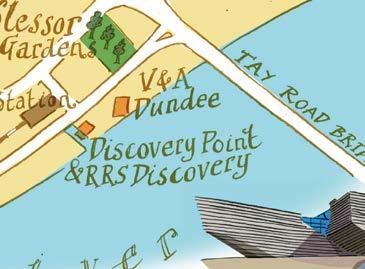
PREVIOUS PAGE:
V&A Dundee, the fi rst Victoria & Albert museum outside of London
CLOCKWISE, FROM RIGHT:
The McManus Art Gallery & Museum; Dundee’s Open/ Close street art trail; Scone Palace; the cityscape and the River Tay
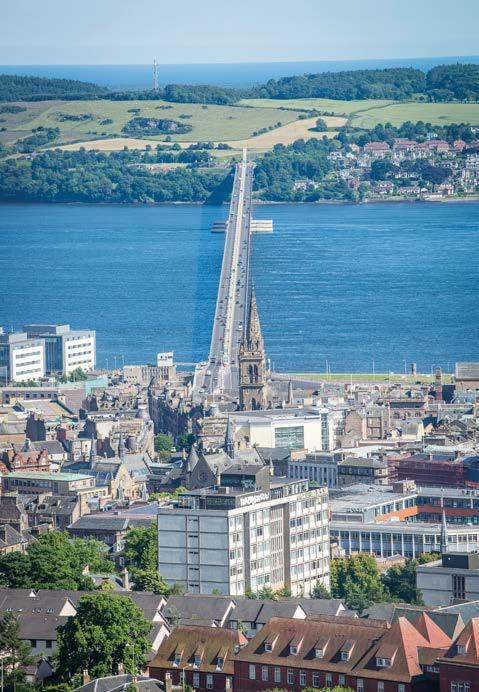
Afew years ago, travel writers, journalists and bloggers from London, New York and other locations across the world, were falling over themselves to visit the city of Dundee in pursuit of the story: Dundee’s cultural renaissance, or some such spin. The reason? The opening of the fi rst V&A museum in the world outside London, which formed the focal point of a major £1bn redevelopment of Dundee’s waterfront and which many people saw as a cultural reinvention of the city. This writer was not immune to the trend. I, like many others, took part in a press visit that took us to the new museum, a great hulk of a building, made up of giant concrete slabs, cleverly overlayed, that juts over the River Tay’s edge like a ship’s prow and which instantly made me think of the shipyards that lined the waterfront in the 19th century, when Dundee did a thriving shipbuilding trade, thanks in no small part to the whaling industry. This, however, I was to learn, was not Japanese architect Kengo Kuma’s primary intention – the design was actually inspired by the jagged and wind-battered cliffs of Scotland’s northeast coastline, which, on refl ection, I can see too. Nevertheless, it’s a building that has rightly won applause, even if the city’s planning division has since come under criticism for allowing the construction of an offi ce block, the Earl Grey Building, behind it, which spoils the aesthetic somewhat. But to suggest that prior to the opening of V&A, Dundee was little more than a cultural backwater, is at best a disservice and at worst, downright insulting. Next door to the V&A is the RRS Discovery, one of the city’s great shipbuilding successes. This barque-rigged auxiliary steamship, which launched in 1901, was built by the Dundee Shipbuilders Company with Antarctic research in mind and it is the very ship on which Captain Scott and Ernest Shackleton travelled aboard on their fi rst voyage to the Antarctic. It was the fi rst ship built with scientifi c research as its main purpose, thanks to the vision and fundraising efforts of Sir Clements Markham, President of the Royal Geographical Society. Markham chose Lieutenant Robert Falcon Scott as his captain (Captain Scott). Shackleton was a senior crewmember and although he was sent home early due to illness, the trip must have left its mark as he went on to venture to the Antarctic three more times, including his fateful last expedition aboard Endurance. The Scott/Shackleton expedition resulted in many scientifi c breakthroughs, including To suggest that prior to the V&A museum, the discovery of over 500 species of marine animals, spiders, shrimps, star and shellfish, Dundee was a cultural backwater, is at best a and its fi ndings resulted in the publication disservice and at worst, downright insulting of 10 huge volumes. Discovery set sail on several subsequent voyages and in 1979
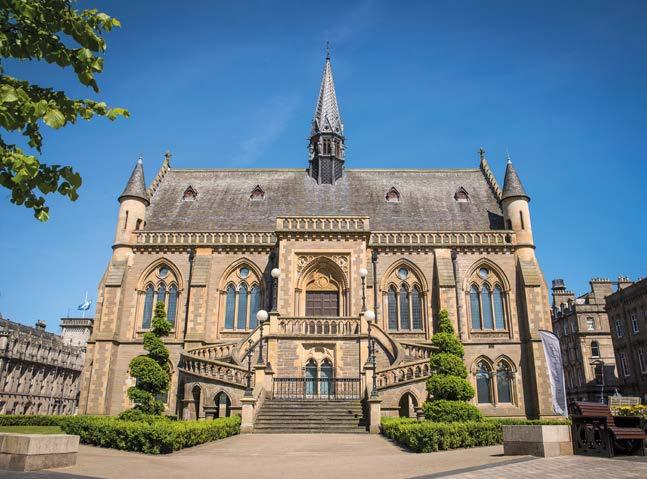
she was returned to Dundee in a dilapidated state. Following a restoration programme, she is now the centrepiece of the Discovery Point Visitor Centre and guests can board her and see extraordinary and moving artefacts, including Captain Scott’s personal rifle and his pipe.
Around the corner from RRS Discovery is another historic ship worth visiting, HMS Unicorn. One of the six oldest ships in the world and the oldest in Scotland, this 46-gun frigate, which served in both the Georgian Navy and the Second World War, has many a story to tell, so it’s well worth stepping aboard for a lesson in naval history.
And while Dundee may not be known for its Gothic allure in quite the same way as Edinburgh – nor its mix of late Victorian and early 20th-century unique style of buildings like Glasgow – it had its own architectural triumphs long before Kuma cast his spell.
The McManus Art Gallery & Museum, just a 10-minute walk into the city centre from the V&A and RRS Discovery, is a Gothic revival building originally built as a memorial to Queen Victoria’s husband, Prince Albert, which today houses an eclectic mix of artworks and memorabilia on everything from natural history to the story of Dundee.
Just opposite the McManus, you will find the headquarters of DC Thomson, the family publishing house, which publishes The Dundee Courier, The Sunday Post, The Beano and The Dandy (statues of some of the characters from the comics can be seen throughout the city).
It is often said that Dundee is famous for the three Js: jute, jam and journalism. The jam refers to Dundee Orange Marmalade, still made by Mackays in the city; the journalism to DC Thomson; and the jute refers to a textile industry on which the city relied for many years.
At the Verdant Works, a museum situated in a restored mill to the west of the city centre, you can learn about Dundee’s strong connection to the jute trade in the 19th century, when this coarse but cheap flax arrived into the city from India by ship and was spun in the city’s many mills to make a profitable fabric.
But, of course, Dundee doesn’t just rely on its past in terms of culture. In 2014 Dundee was awarded UNESCO City of Design status (so far, it is the only UK city to be given such an accolade) and it is constantly evolving, with industries such as design, art, gaming, fashion, textiles and digital enterprises employing and catering for a huge number of residents.
Modern art can be found at the Dundee Contemporary Arts centre, while you can watch cutting-edge theatre and dance at the Dundee Rep. Even strolling the streets gives you insight into the creativity of Dundee’s residents, from the graffiti that can be discovered on the Open/Close street art trail, to the penguins and other installations throughout the city, which rarely fail to raise a smile.
Located just 24 miles east of Scone Palace, where Scotland’s kings were crowned for centuries, and just 17 miles west of Arbroath, where the historic and influential Declaration of Arbroath was signed just over 700 years ago (check our website for up-to-date information on anniversary events postponed from 2020) mean your cultural tour can stretch beyond the city’s limits.
Come to Dundee for the V&A, by all means, but stay for everything else it has to offer. S PLAN YOUR VISIT
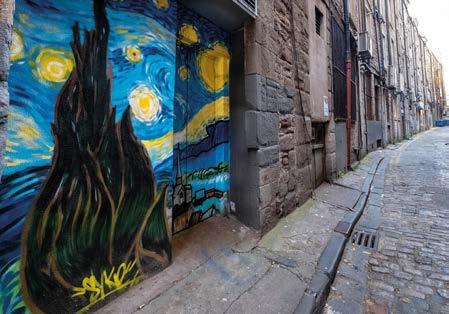
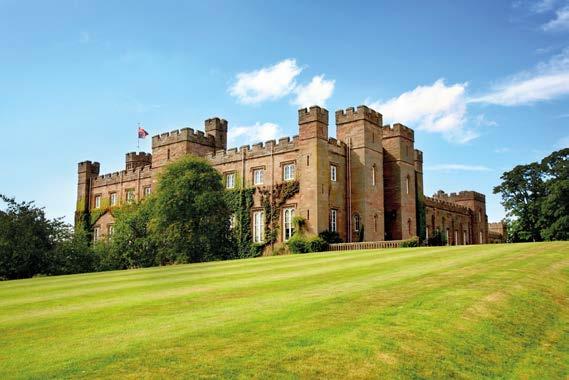
GETTING THERE
Dundee actually has its own (very small) airport, with daily flights from London City Airport. If you are travelling to Dundee from other parts of Scotland, it’s just 25 minutes by train from Perth, 1hr 15mins from Edinburgh and just under an hour and a half from Glasgow. dundee.com; hial.co.uk/dundee-airport; scotrail.com
WHERE TO STAY
Apex City Quay Hotel & Spa has smart, modern rooms and is pretty much bang in the middle of things, with the V&A and RRS Discovery mere minutes away. The hotel also has some decent facilities, including an on-site spa and a restaurant and bar. apexhotels.co.uk/destinations/dundee
WHERE TO EAT
There are some good places to eat in Dundee itself, but for a truly great meal, hop in a taxi over the Tay Bridge to The Newport, just a few minutes’ drive away. Run by a former MasterChef winner, the inventive menu puts a fine-dining spin on Scottish classics and the full-length windows offer spectacular sunset views across the Tay. thenewportrestaurant.co.uk




